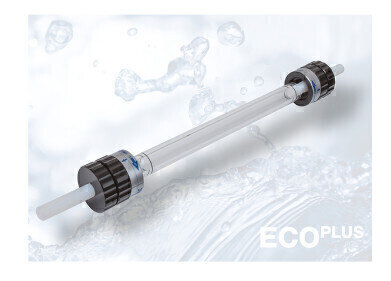Bioanalytical
What Goes Well? — Chromatography Helps Chefs Pair Unusual Flavours
Dec 11 2017
Fish and chips. Peanut butter and jam. Eggs and bacon. These are all foods that go together and lots of people enjoy. But what about strawberries and black pepper, or avocado and chocolate? There are probably millions of potential food combinations just waiting to be tried out and savoured on some romantic evening meal somewhere. But how do you know what goes with what?
If you are cooking at home, you can probably just mix the thing together and try it out. But if cooking is your livelihood you might need something other than just throwing everything together and hoping. Well, the food company Foodpairing® might just offer the service you need, and chromatography plays a role in helping pair strawberries with parmesan.
Nose knows best
The food that we taste relies on more than just our taste buds to impart its flavours. Our sense of smell is key when it comes to tasting the food on our plates. Although it is sometimes asserted that up to 90% of our taste comes from our sense of smell — there is no firm evidence to back up this exact figure. What can be agreed on though — is that olfaction plays an extremely important role in how we taste food and that all our senses play a part in enjoying food.
It is estimated that we can separate over 10,000 different odours with our odour receptors either through the nose (orthonasal) or the mouth (retronasal). Our receptors pick up volatile molecules from the air, or from our mouths if we are eating. And it is these molecules that our brain interprets as aromas and taste. It is easy to see this in action, just think back to the last time you had a cold and blocked nose. Everything tasted different — because your nasal receptors couldn’t help when tasting your food.
Profiling ingredients
The starting point to pairing ingredients or foods is to profile the food and obtain an aroma profile. Foodpairing® use gas chromatography and mass spectrometry to get the aroma data. The use of chromatography to analyse volatile components is discussed in the article, A New Method for Fast Residual Solvents Analysis and Untargeted Unknown Identification Faster Sample Throughput and Shorter GC Runtimes Using GC-VUV and Static Headspace.
Although numerous molecules are detected by the analysis, only a small percentage are relevant to the human experience. Some are simply below any threshold of human detection, others are simply not detected by humans. After the analysis, the Foodpairing® team use algorithms to match foods and drink using flavour profiles.
Using the technique, the team has determined that strawberry matches to parmesan through cheesy smells and to basil through citrus aromas. The tool is available to use on their website. What will you pair together?
Events
Jan 20 2025 Amsterdam, Netherlands
Feb 03 2025 Dubai, UAE
Feb 05 2025 Guangzhou, China
Mar 01 2025 Boston, MA, USA
Mar 04 2025 Berlin, Germany
.jpg)












